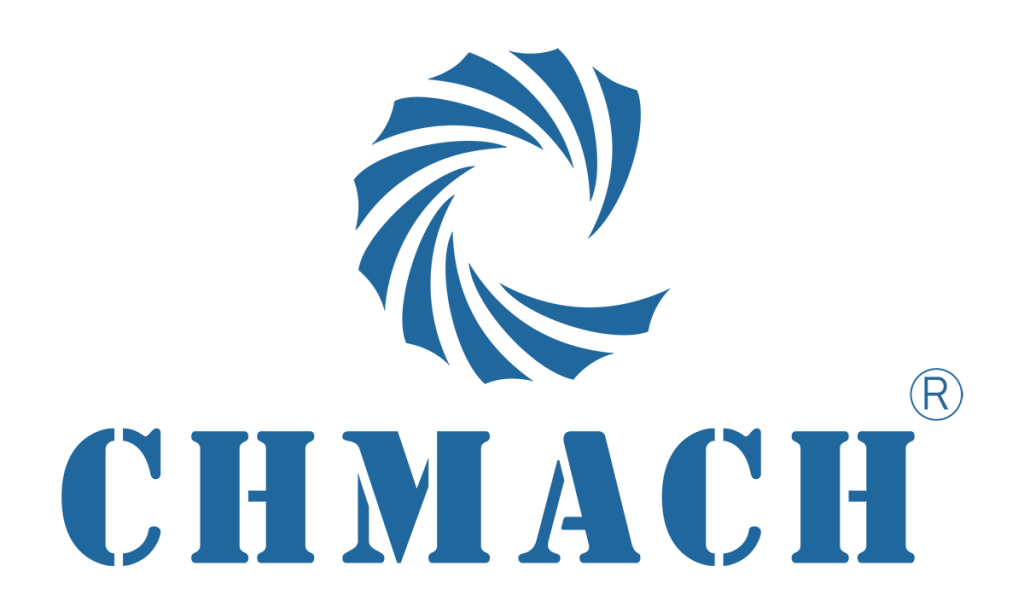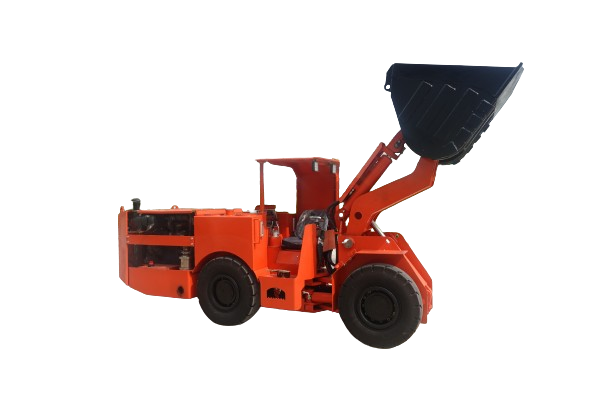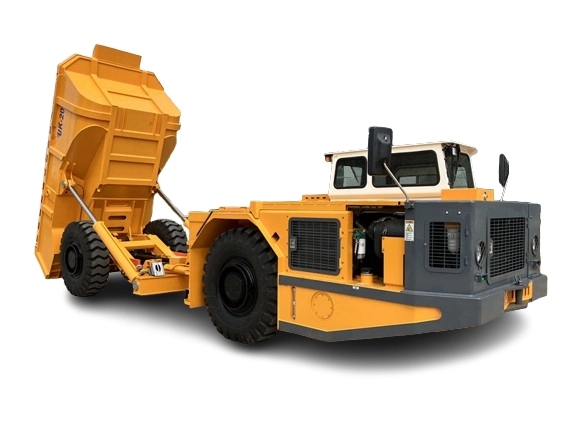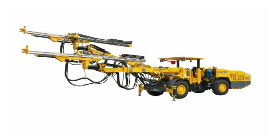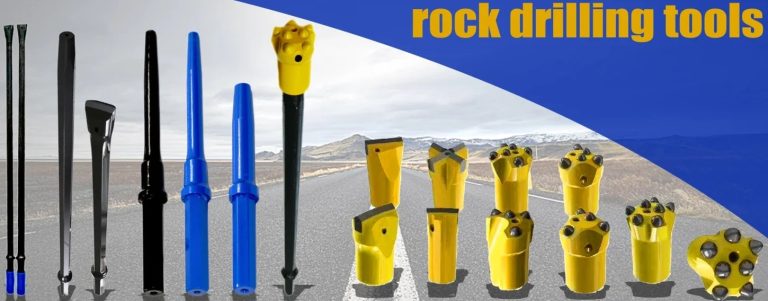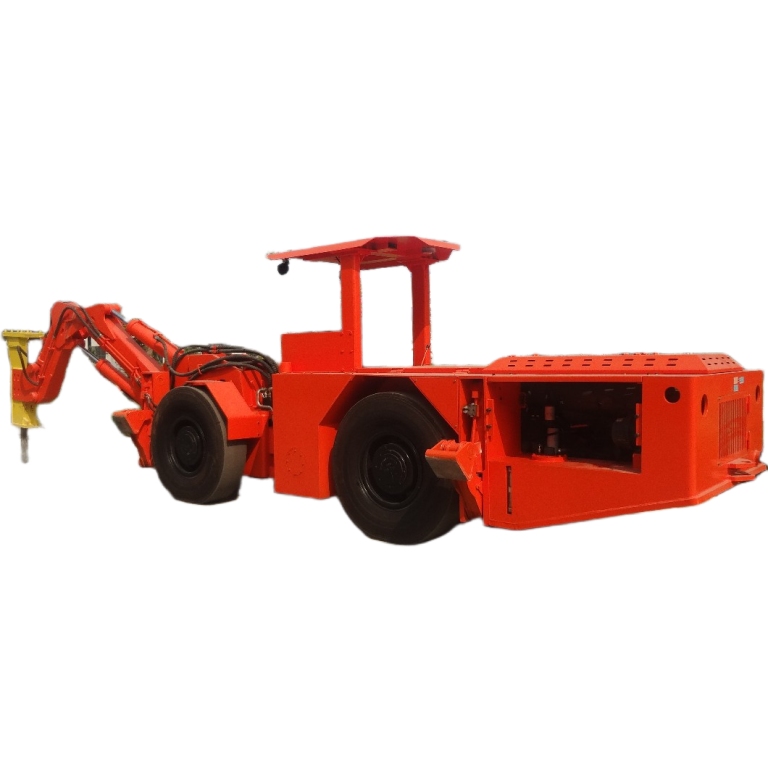嘿,如果您对地下采矿的世界一头雾水,或者只是对那些让这一切成为现实的重量级人物感到好奇,那么本指南就是为您量身定制的。地下铲运机是将矿石运送过狭窄隧道的无名英雄,自早期的镐和矿车时代以来,它们已经取得了长足的进步。我们将为您详细介绍,从它们的工作原理到如何为您的作业选择合适的铲运机。不妨将本指南视为您的必备资源,其中包含了多年在矿井中摸爬滚打的人们提供的实际经验。让我们开始吧!
地下铲运机到底是什么?
想象一下:你在一个狭窄的矿脉中,矿壁逐渐逼近,你需要毫不犹豫地搬运数吨岩石。这时 地下铲运机 闪亮登场。从本质上讲,它是一款专为地下作业设计的装载-运输-卸载 (LHD) 机器——坚固、紧凑,专为处理粗糙的物料而设计。
这些机器依靠四个轮胎快速运转,从矿面铲起矿石,然后倾倒到传送带或卡车上。它们没有轨道,这意味着无需费力维护轨道。铲斗尺寸多样,从 0.6 立方米的小型铲斗到 3 立方米的大型铲斗,应有尽有。在全球超过 75% 的深层金属矿山中,铲运机承担着举重重的作业——名副其实。没有它们,生产力就会缓慢下降。
我记得曾与一位来自菲律宾的矿工聊天;他对这些机器赞不绝口,因为它们在大型钻机无法通行的地方拥有极佳的机动性。这不仅仅是动力的问题;更重要的是,它能够适应那些狭窄的空间,而不会撞到任何东西。
地下铲运机究竟是如何工作的?
地下铲运机的核心运行方式很简单:装载、运输、倾卸,然后重复。但其神奇之处在于机械结构。
一切始于动力源——柴油发动机或电动机——驱动着整个过程。前端的铲斗负责铲起物料,由液压系统驱动,使其升降和倾斜。转向?转向由轨道阀控制,用于急转弯;变速箱通常采用静液压传动,以实现平稳的速度控制。
以驱动装置为例:它连接到变速箱,变速箱再将动力传输到液压系统、轮胎、刹车,最后传输到铲斗。对于柴油机型,像道依茨 (DEUTZ) 这样的高质量发动机可以推动车辆前进,即使在没有电源插座的地方也能高效运行。电动版本呢?它们需要连接一根电缆,有时长达 100 米,以实现更清洁的运行,但续航里程较短。
该过程实际如下所示:
初始位置:机器空转,准备滚动。
到堆料前:向前行驶,铲斗向下。
装载:铲起污物——目标是铲起满斗但不溢出。
回到起点:反转。
前往垃圾场:前往卡车或传送带。
倾倒:倾倒负载并后退。
很简单,对吧?但在真实的矿井中,诸如隧道宽度(通常不到3米)和岩石类型等因素会改变一切。潮湿的环境?你可能会滑倒,所以牵引力至关重要。
地下铲运机的类型:柴油与电动
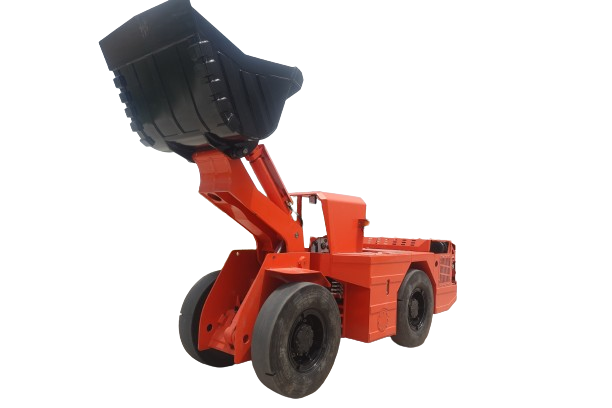
并非所有铲运机都被平等的生产。最大的分歧在于柴油和电动铲运机,它们各有各的市场。
柴油动力铲运机
这些是灵活性的得力助手。没有电线的束缚——它们自由驰骋,由每吨车重约5-6千瓦的发动机驱动。加油快捷,非常适合长途运输。缺点?在封闭空间内会产生废气,所以通风至关重要。
CHWJ-1H(1.5立方码)等型号在窄脉开采中表现出色,其强大的扭矩转换器等功能能够以最低成本实现最大吨位。我听说过一些案例,一些柴油钻机仅仅通过减少停机时间就将产量提高了20%。
电动铲运机
从历史上看,电动汽车是最早出现的,而且至今仍是效率冠军。电动汽车由电缆或电池供电,运行更安静、更凉爽——无需担心废气排放。子类型包括:
电池组:便携但受充电寿命限制。
充电桩:留以提供稳定的电力,例如容量高达 4 吨的型号。
高架手推车:罕见,但在固定路径中很有用。
混合动力:将柴油和电力混合,以达到两者的最佳效果。
电动铲运机通常配备具有更佳载重与功率比的电机。例如,2立方米铲斗型号的铲运机可能比柴油铲运机耗能更少,但能搬运4吨货物。但要注意电缆——一旦发生故障,可能会迅速停止作业。
选择时,请考虑矿井的布局。狭窄且充满瓦斯的巷道?选择电力驱动。开放式巷道?柴油驱动或许更胜一筹。
关键部件:是什么让铲运机运转良好?
将其逐个分解就会明白这些机器为何能够持久耐用或无法持久耐用。
动力传动系统:闭环液压系统、多片式制动器、无旋转轴以提供抓地力。
液压系统:泵负责电气起重、转向,甚至电缆卷绕。
铲斗和轮胎:耐磨钢铲斗、专为岩石地面打造的轮胎。
压缩机和制动器:皮带驱动的空气用于气动,强力制动器用于安全。
| 构成要素 | 以柴油机为例 | 以电动为例 |
| 发动机/电机 | DEUTZ, 13 kWh/kg 燃料 | 异步、电缆供电 |
| 铲斗容积 | 1-3m³ | 0.6-2m³ |
| 运输能力 | 4吨以下 | 2-4 吨 |
| 转弯半径 | 针对窄脉巷道进行了优化 | 与柴油机类似,采用轨道转向 |
远程控制等附加功能增加了危险区域的安全性——想象一下从远处操作,就像玩电子游戏一样,但有真正的风险。
高性能铲运机的突出特点
什么让最好的与众不同?就是这些小细节累积起来。
紧凑的设计适合较低的工作 - 高度低于 2 米。
高有效载荷重量比,提高效率。
耐磨结构可降低维护成本。
低排放和低噪音,提高工人舒适度。
在狭窄空间内快速刹车并加速。
顶级车型拥有33项专利创新,例如自动卷线系统。那么耐用吗?只要保养得当,它们在进行重大调整之前可以运行2000个发动机小时。我认识的一位工程师对这些功能赞不绝口,称赞它们如何让原本缓慢的运行变得顺畅,每日产量提高了15%。
对了,别忽视人体工程学——驾驶员座椅与运动方向成直角,可以减少疲劳。小细节,大影响,换班效果显著。
铲取和装载:现场操作步骤
该方法很简单,但需要练习。
从基地开始。
向前接近堆区。
铲——均匀地填满斗。
反向启动。
前往垃圾堆放区。
卸载并重复。
在实际操作中,需要经常切换方向——前进装载/卸载,后退重新定位。对于像 CHWJ-2 这样容量为 2.5 立方码的机型,在 4 米宽的隧道中完成这个循环可能需要 2-3 分钟。
专业提示:在潮湿的矿井中,倾斜铲斗以避免溢出。我见过一些操作,由于技术不佳导致 10% 的材料损失——既混乱又浪费。
安全与维护:保持一切顺利运行
安全第一——永远如此。操作员需要持有驾驶证、进行班前检查、系好安全带并配备灭火器。高能见度装备?在隧道里,这可是必需品。
对于维护:
每日清洁以发现泄漏。
每周给液压系统加注润滑油。
检查电器是否磨损——恶劣天气时请将其遮盖起来。
按照手册调整发动机。
良好的规划可以延长铲运机的使用寿命。我参观过的一个工地,铲运机运行了5年以上,停机时间极短,这要归功于ERP系统对每个部件的跟踪。
在摆动区域设置路障,在繁忙区域安排观察员。加油时务必关闭发动机——没有捷径。
烟台驰鸿机械有限公司:您的铲运机首选供应商
如果您正在寻找可靠的地下铲运机,那么 烟台驰鸿机械有限公司凭借12年的行业经验,他们已成为中国顶级供应商,产品出口全球。他们占地9.6万平方米的基地拥有300多名生产专业人员,其中包括60名经理和一批资深技术人员。
他们拥有欧盟 CE 和 ISO9001 认证,以及 33 项专利。WJ 地下铲运机系列的容量从 1.5 立方码到 2.5 立方码不等,专为窄矿脉设计。不妨考虑一下 CHWJ-1H 或 CHUK-6/8 卡车——坚固耐用,配备 售后 比如全天候支持和现场培训。他们服务于菲律宾及其他地区的矿场,注重质量和定制化,以降低成本。如果您需要耐用的装备,值得一试。
结论
总而言之,地下铲运机对于高效采矿至关重要——选择合适的类型、熟练掌握操作方法并始终确保安全,可以彻底改变您的采矿现场。无论是柴油驱动的续航能力,还是电动驱动的清洁运行,这些机器都能提高生产力并降低风险。明智投资,精心维护,您的产量将大幅提升。准备好升级了吗?深入了解来自值得信赖的供应商的方案。
常见问题解答
什么是地下铲运机?为什么它对于采矿至关重要?
地下铲运机是一种紧凑型铲运机,用于在狭窄的隧道中装载和运输矿石。它至关重要,因为它能够处理深层矿井中超过 75% 的矿渣,从而加快作业速度,并能适应大型设备无法胜任的工作。
柴油和电动地下铲运机有何不同?
柴油铲运机续航里程无限,加油快捷,但需要良好的通风以排出废气。电动地下铲运机运行更清洁、更安静,非常适合封闭空间,但需要通过电缆或电池供电。
哪些维护技巧可以让地下铲运机长期运行?
定期清洁、润滑和检查泄漏是基本步骤。遵循制造商指南——在进行大修之前,争取达到2000小时的使用寿命。尽早发现轮胎磨损等问题,以避免发生故障。
地下铲运机能否针对特定矿山进行定制?
是的,许多供应商会调整铲斗尺寸或添加遥控器等功能。对于狭窄的矿脉,宽度小于3米的型号效果最佳,在困难区域可将效率提高15-20%。
在哪里可以找到可靠的地下铲运机供应商?
看看像烟台驰鸿这样的公司——他们拥有经过认证的车型,并在全球范围内提供支持。查看来自 网站 在亚洲或其他地方获得真实的反馈。

